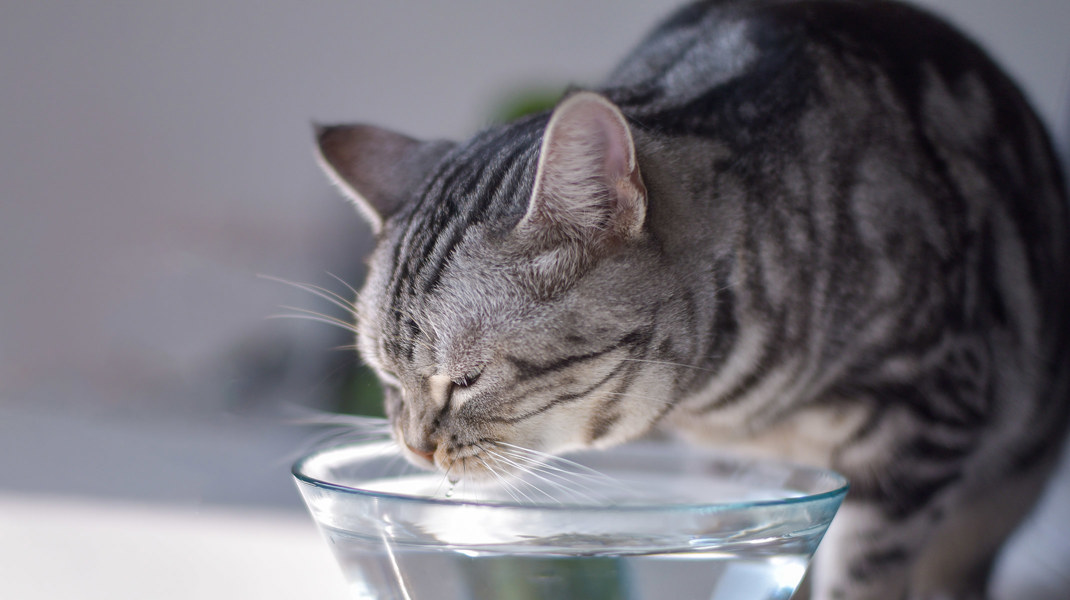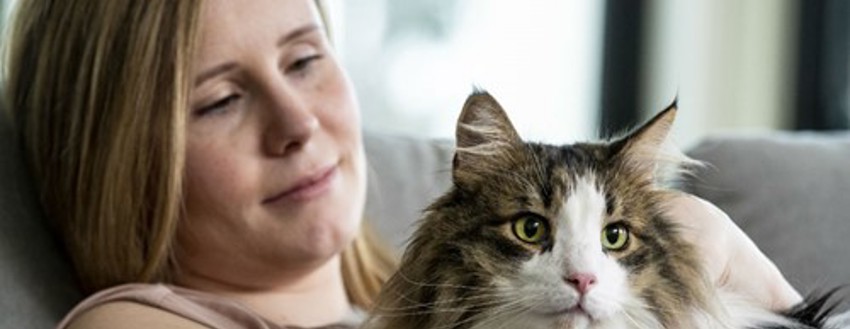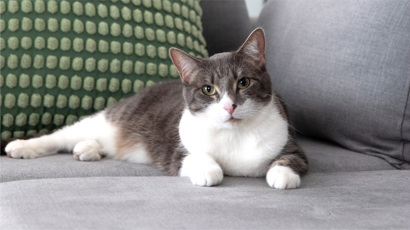How often does your cat lap up fresh drinking water?

How often does your cat lap up fresh drinking water?
Cats don’t have much of a thirst for water, and that’s a fact1. And while it’s not known why this is, it doesn’t mean they need to drink less water to stay healthy.
Water is certainly an essential nutrient, key to every-day life and function.
Cats generally tolerate a low level of dehydration. However if you're a cat lover who wants to make sure you're doing the best for them, remember that water can be classed as a nutrient. And an essential one at that. So looking after your cats well-being includes making sure they get the water they need.
Feeding your cat dry food only means that they take in less total water, regardless of free access to clean drinking water²₋⁴. This can have an impact on hydration and general health.
Three quick facts on the benefits of wet cat food:
- Less water in the body often means more concentrated urine, which results in a higher chance of urinary stones and urinary tract disease⁵. Wet feeding helps support urinary health.
- The kidneys are doing the hard work to try to filter that urine to balance the minerals and vitamins available to the cat. Wet feeding helps support the kidneys.
- The water in wet cat food dilutes calories, helping to reduce the risk of weight gain and obesity. Wet feeding helps with weight management.
Mixed feeding dry and wet foods is a simple and easy way to ensure you are maximising the water intake of your cat.
While you should always make sure your cat has easy access to fresh drinking water from multiple drinking stations, feeding wet cat food as part or all their diet means you are supporting their health and longevity in more ways than one.
Could you be feeding your furry feline friend better?

¹ Kirk C, Debraekeleer J & Armstrong P. (2000) Normal Cats, In: Small Animal Clinical Nutrition, Hand, Thatcher, Remillard & Roudebush (eds.), Mark Morris Institute, USA., pp 292-347.
² Kienzle E, Dobernecker B, Wichert B & Schuster S. (2006) Effect of Fecal Water and Dry Matter Excretion on Fecal Mineral Excretion. The Journal of Nutrition, Volume 136, Issue 7, July 2006, Pages 2001S–2003S
3 Seefeldt SL, Chapman TE (1979). Body water content and turnover in cats fed dry and canned rations. American Journal of Veterinary Research 1979;40:183-185.
4 Thrall, BE, Miller, LG. (1976) Water turnover in cats fed dry rations. Feline Practitioner 1976;6:10
⁵ Beuchat CA. (1996) Structure and concentrating ability of the mammalian kidney: correlations with habitat. American Journal of Physiology 1996;271:R157-R179


